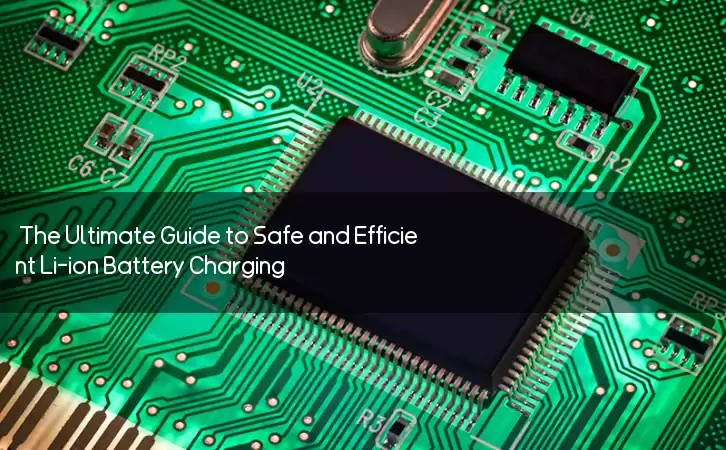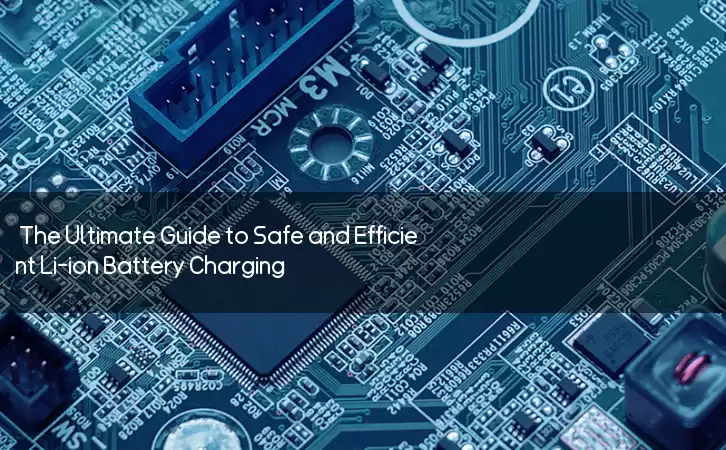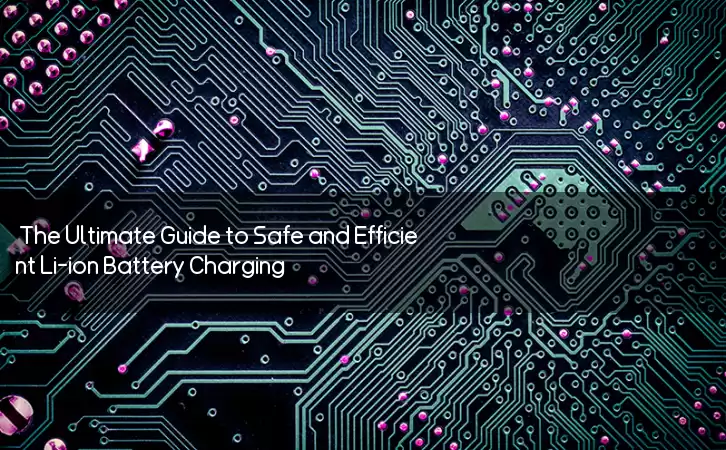Information Center
The Ultimate Guide to Safe and Efficient Li-ion Battery Charging
Published:2023-08-06 20:31:38 Author:Green WCND Views:71Li-ion Battery Charger Instructions: A Guide to Safe and Efficient Charging

Li-ion batteries are widely used in modern devices such as smartphones, laptops, and electric vehicles due to their high energy density and long cycle life. However, they require specific charging conditions to ensure safe and efficient operation. In this article, we will provide a comprehensive guide to Li-ion battery charger instructions, covering topics such as safety precautions, charging methods, and maintenance tips.

Safety Precautions for Li-ion Battery Charging

Before using a Li-ion battery charger, it is essential to familiarize yourself with the safety precautions to avoid accidents or damage to the battery. Here are some tips to keep in mind:
1. Use a compatible charger that is specifically designed for Li-ion batteries. Do not attempt to charge a Li-ion battery using a charger intended for other types of batteries, as this could result in a fire or explosion.
2. Never charge a damaged or swollen battery, as it can be hazardous. Dispose of such batteries in a safe and proper manner.
3. Keep the battery and charger away from flammable materials and avoid charging in damp or humid conditions.
4. Always use a grounded outlet when charging the battery to ensure safety and avoid electric shock.
5. Do not expose the battery to extreme temperatures, as it can affect the performance and safety of the battery.
Charging Methods for Li-ion Batteries
There are two main charging methods for Li-ion batteries: constant voltage charging and constant current charging. The charging method used depends on the type of Li-ion battery and the charging conditions. Let’s take a closer look at each method:
1. Constant Voltage Charging - This method is used for most Li-ion batteries and involves applying a constant voltage to the battery while the current gradually decreases as the battery becomes fully charged. This charging method allows for a slower and safer charging process, as the charging current decreases once the battery reaches its maximum charging capacity.
2. Constant Current Charging - This method is used for Li-ion batteries that require a fast charging rate, such as those used in electric vehicles. The charging current remains constant during the charging process until the battery reaches its maximum capacity. This method requires careful monitoring and control to prevent overcharging and overheating.
Proper Maintenance and Storage of Li-ion Batteries
To ensure the long-term performance and safety of Li-ion batteries, it is crucial to adhere to proper maintenance and storage practices. Here are some tips to keep your Li-ion battery in great condition:
1. Regularly charge the battery to prevent it from fully discharging, which can damage the battery and reduce its lifespan.
2. Avoid exposing the battery to extreme temperatures or direct sunlight, which can cause damage to the cells or lead to overheating.
3. Store the battery in a cool and dry place, ideally at a temperature between 15 and 25°C. Avoid storing the battery in locations exposed to moisture or high humidity.
4. Use the battery regularly to maintain its capacity and avoid degradation. If you don’t plan to use the battery for an extended period, ensure that it is stored with a charge level between 30% and 50% to prevent degradation.
Conclusion
Following these Li-ion battery charger instructions for safety precautions, charging methods, and maintenance practices can help you get the most out of your Li-ion battery and avoid potential hazards. Always use a compatible charger, closely monitor the charging process, and handle the battery with care. With proper care and maintenance, your Li-ion battery can last for many years and provide reliable performance for your devices or vehicles.
Power Adapter Design and Customization Guide for Portable Electric KettlesI. Common Design Types for Portable Electric Kettle Power AdaptersPortable electric ke···
I. Common Design Types of Power Adapters External Independent Type (Most Common) Design: A standalone adapter (e.g., "black brick") connected to the p···
Handheld Vacuum Cleaner Power Adapter Selection GuideIntroductionHandheld vacuum cleaners have become a mainstream tool for household cleaning due to their port···
Drill Power Adapter Selection Guide.drill-container { font-family: Arial, sans-serif; line-height: 1.6; max-width: 800px; margin: 0 auto; padding: 20px; } .dril···





